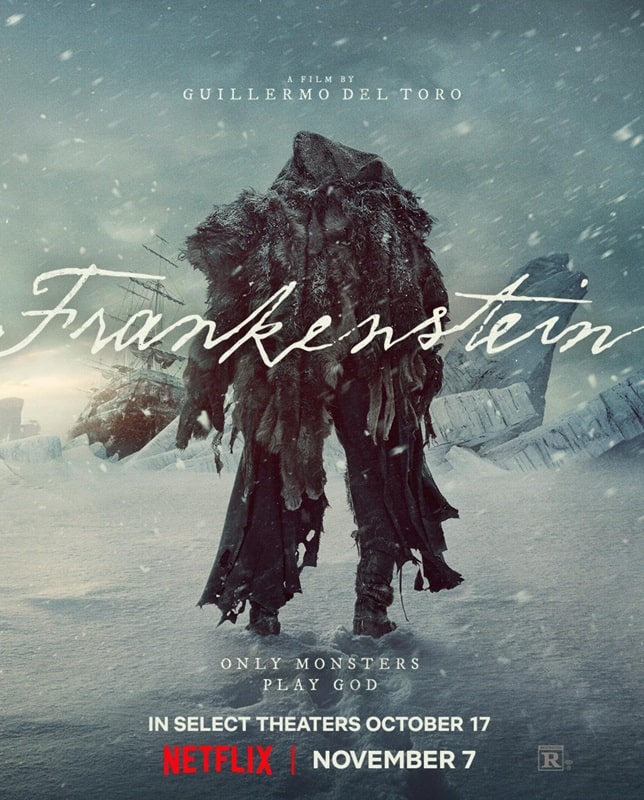Sword & Planet from DMR Books: Henry Kuttner and Howie K. Bentley
 |
 |
Startling Stories, May 1947; and Lands of the Earthquake by Henry Kuttner
(DMR Books, June 2017). Cover art by Earle Bergey and Logon Saton
Lands of the Earthquake/Under a Dim Blue Sun is a “Double” novel, in the tradition of the old Ace Doubles. It contains a long novella by Henry Kuttner called Lands of the Earthquake, and a shorter novella by Howie K. Bentley called Under a Dim Blue Sun. Both fit the Sword & Planet mold (S&P).
The publisher here is DMR books, and it’s printed in the old paperback size that I like. You can find DMR Books online or on Amazon. The cover art on the Kuttner piece is Logon Saton.
The Kuttner piece was first published in 1947 in Startling Stories but has not been reprinted until now. It involves a modern Earthman, William Boyce, being transported to a fantasy land where time stands still but physical space moves. This temporarily brings different lands close enough to each other to interact.










